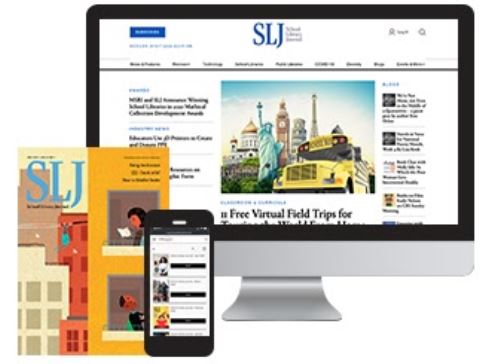2018 School Spending Survey Report
Streaming Video Collection Development and Management
Bloomsbury.
Feb. 2025.
264p.
pap. $74.95. ISBN 9781440880858.
COPY ISBN
VERDICT Readable, supportive, and well-organized, this offers necessary information for making, interacting with, or carrying out video streaming decisions for anyone tasked with developing a library video streaming program.
RELATED
ALREADY A SUBSCRIBER? LOG IN
We are currently offering this content for free. Sign up now to activate your personal profile, where you can save articles for future viewing





Be the first reader to comment.
Comment Policy:
Comment should not be empty !!!